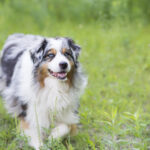Academy director Jean Donaldson and staffer Kristi Benson in conversation about the interesting overlaps between learning music and learning to train dogs.
In my mind, two of mankind’s greatest inventions are music and dogs and there are interesting parallels between these two things.
The low-hanging fruit for me is repetition, so let’s start with that. Some tolerance for grinding out reps in dog training reminds me of woodshedding passages in music. Some aspiring musicians have a fantasy that Pure Talent will make the 10 000 hours of labor unnecessary. Performance or composition will just flow out of them in Mozart-like fashion. And dog guardians have a similar romantic notion of communicating instantly with their dog what the dog should and shouldn’t do.
When it doesn’t happen that way, there’s a divide between music and dog training vis a vis ethical fallout. Take music: when yet another person gives up trying to learn to play an instrument well, it doesn’t keep anyone up at night. But there are sequelae when a dog guardian similarly gives up. Dogs end up being coerced, relegated to reduced existence, relinquished and even sometimes killed. So it’s a problem we need to solve.
Luckily, most of us in modern pet dog training are acutely aware of the – generally – low tolerance for the labor of dog training in our clients. We’re aware that our clients are not us. We self-selected into dog training as a career and usually find the process of training reinforcing and so grind it out with pleasure. We’re the aspiring musician who lives to practice 40 hours a day. Effortless. But we recognize that clients’ usually poor tolerance of reps doesn’t make them bad or undeserving owners. It makes them normal people. For them it’s effortful. So we curate what we assign to clients very carefully. Behavior professionals who don’t get this pile stuff onto owners and then have a convenient scapegoat – owners not “doing the work” or being “sufficiently committed” – to blame when a case goes south.
What parallels spring to mind for you? And I do also have to ask: how much banjo do you practice per week?
I think the biggest parallel that springs to mind for me is about quality repetition. A while ago, my banjo teacher (the inimitable Adam Larrabee) said something that made me scream at the absolute simplicity of it and groan at the absolute obviousness of it. I was asking him something inane like “how do I make it sound good? It doesn’t sound good when I play it.” He said, without a single patronizing tone (which in retrospect was pretty damn circumspect of him) “well, Kristi, you need to make it sound nice, and practice it sounding nice”. Don’t keep banging out repetitions of a poor-sounding music, Benson! His point was that I know how to make it sound good: slow down, watch my hand positions, do all the things right that I know how to do. But until I heard that, I was absolutely guilty of practicing the same passage over and over again with the aim of getting the notes hammered into my head, without paying the attention that I could have been, and should have been, to the actual sound of it.
As an aside: it’s not actually that pleasant, practicing something that doesn’t sound great.
I can’t help but take this back to the Academy’s self-evaluation form for new trainers. The goal of the self-evaluation, and indeed the coaching we provide, is to help new trainers avoid practicing the mechanics of dog training and…well, not making beautiful music, if you get my point. We don’t want our students making a habit of sloppy training, since it will inevitably catch up to them when they have a harder dog in front of them. Poor mechanics can also be exceptionally frustrating for the student. They may keep trying and trying and not be getting the same results that they are seeing from their peers and instructors, and not really understanding why. I think the idea of careful, introspective practice is so wise and important for gaining a craft or a skill.
I wish I could confess that practiced my banjo 40 hours a day, but (to the surprise of no one who knows me), I’m pretty lazy about it. Some weeks I barely even practice between my lessons. Other weeks, like this week, I find myself so entranced by one particular song that I can’t stop playing (please don’t unfriend me, Jean, but this week it’s Don Reno’s Black and White Rag), so probably practice at least a few hours over the course of the week. I don’t really have a goal other than ‘enjoy myself’ and ‘enrich my life’, so I don’t put a lot of pressure on myself. I’ve been taking lessons for a couple of years and I’m still pretty much a flat-out beginner still due to my own lackadaisical approach.
What about you? I know you’re a pianist because you’ve supplied some of the tunes for our video compilations. Is that your main instrument?
We don’t want our students making a habit of sloppy training, since it will inevitably catch up to them when they have a harder dog in front of them.
Yes, it is. And OMG, yes, about deliberate practice, where one is not just rehearsing craptastic habits! How to get good technique on an instrument is very well known. And how to get good dog training technique is also well known, but just not as widely disseminated. I want to draw the distinction between playing music or training dogs for pleasure, and doing these things professionally. Lots of people who simply play for fun don’t strive, as you are striving, to “make it sound good.” And if they don’t, nothing bad happens. Ditto for pleasure trainers. People training their own dogs for fun or sport can blast away with sub-optimal or downright sloppy technique and, once again, nothing bad happens. But if someone in an orchestra, when hard-working people have coughed up money to hear a symphony, plays badly, it matters. And even moreso in dog training. If a pro pet dog trainer trains sub-optimally – or downright badly – the job may not get done fast enough, may not get done at all, and things could even conceivably be made worse. That matters!
And this is why, as you so well underscore, we belabor training technique, including for our students who come in with big training resumes but who are not yet training with optimal technique and efficiency. Students may have dozens of back-and-forths with their video training submissions, until they’ve mastered Bob Bailey style training from a formal plan, with clean technique and empirical criteria change. It can feel really foreign at first, but, once they get the hang of it, it’s second nature. I remember way back, learning voice, how incredibly foreign what I was being asked to do felt, and how I struggled to fight how I wanted to sing “naturally.” Then, once I got the hang of it, it became hard to sing “wrong!”
What was it like for you during your tenure as an Academy student, being made to train this way?
Well, in some ways I’m one of the lucky ones. I didn’t have a clue how to train dogs when I started the Academy (despite having taken numerous dog obedience classes and read about eleventy billion books), so it was all pretty much new to me. I didn’t have to undertake the onerous cognitive task of unlearning anything. But although I’d continued to seek out formal educational opportunities long after anything required by the state and well into my thirties, when I started the Academy it was the first time in…well, decades!…that I’d been coached on something physical. It was humbling and a bit frustrating, mostly because I expected it to be easy, and it just isn’t. In retrospect, the thing I appreciate the most was how there was a pretty sophisticated weaving together of the theoretical and the practical, along with a hearty mix of shaping approximations of correct technique. My first video assignments were not polished, but they weren’t abysmal either, and the reason was that I had gained a good baseline in how dogs (and people) learn. I wasn’t just starting from a blank page: “move left hand like this, then like this, the release the treat”. I was working from a knowledge of what luring and reinforcement were and how they worked to build behaviour. Plus, once I’d started in learning how to train dogs, I got coaching notes back from my video submissions. Good job doing x, y, and z, consider a, b, or c to deal with the few sticky areas I was experiencing. Having good technique reinforced is remarkably powerful, and with repeated iterations, I became a competent and efficient trainer. Glory be!
I haven’t approached my music in the same way: I actually learned quite a bit about how to play without really understanding the theory behind it, and due to the availability of tablature (which bypasses the need to read standard notation or musical notes), I could probably continue on in that same vein forever, if I wanted. I do find myself curious about music theory now that I’ve gotten my feet wet, though—why are the strings tuned the way they are? What makes a chord sound sweet, or mournful, or bluesy? What even is a chord? I find myself curious to learn more, because the theory helps my brain understand why I do what I do, why it sounds right, and how to play well with others.
You have a university degree in music, don’t you? I assume you were well-soaked in music theory with that. Were you inspired, when you were creating the curriculum of the Academy, by the Theory + Practica sandwich approach from your formal music education?
Yes, I did a degree in music and loved – and still love – music theory. In tonal music (which is what the vast majority of people listen to, regardless of genre), there are a lot of rules. They’re based on laws and assumptions about “what sounds good” to human ears, and therefore how to construct music. There is a strong parallel with building and executing training plans, which have rules like using incremental steps and changing criteria at specified times. I remember distinctly loving a six-hour tonal counterpoint exam I had to write because counterpoint (in the style of Bach) is entirely rule-driven. They give you themes (little melodies) and you then must crank out competent counterpoint. I didn’t have to be a Creative Composer. I just had to follow the rules. In dog training, we get terminal behaviors (client goals well operationalized) and we crank out steps to achieve them. We don’t have to be creative geniuses. We just have to follow the rules.
When you’re here (Kristi is coming for a visit in a couple of weeks), we can geek out on chords and consonance, dissonance and so on. Dissonance – which is carefully crafted rule-breaking – in tonal music is an interesting thing. There’s an interval (diminished fifth or augmented fourth) notoriously referred to as the devil’s interval, used to great effect by people from Stravinsky to Black Sabbath to Nirvana (check out the opening bars of Aneurysm). The sound is not sweet but it conveys evil and angst really well. Similarly, we break rules in training occasionally to achieve specific ends. For instance, sometimes we can’t achieve under-threshold presentation of some problem stimulus, so we punt to solo counterconditioning. It’s not sweet – at least not initially – but it very often gets the job done.
It’s tough to self-motivate, which is why formal programs of study are so valuable, if one wants to really master something. I think that, had you enrolled in a course where you HAD to have music theory courses along with lessons in how to play, you’d have gotten hooked on music theory. You’ve got that curiosity. Most people who self-select to become dog trainers have that curiosity about learning theory and dog behavior, i.e. why training works the way it does and what behavior software comes bundled with dogs. It’s why we do such deep dives into these topics in Academy. How do you keep yourself motivated to practice banjo?
In dog training, we get terminal behaviors (client goals well operationalized) and we crank out steps to achieve them. We don’t have to be creative geniuses. We just have to follow the rules.
Yes please, let’s chat more about music when I’m there! We’ll have time for both chords and chordates. I’ll do some infill about topics anthropological just to keep things spicy, so get ready to hear about reciprocity and kinship terms (I’m kidding, mostly, but everyone who has taken an Anthropology 101 course will groan along with me when they hear that, I think).
I keep myself motivated by playing songs that I like to hear, so that practice isn’t a chore as much as a chance to do something enjoyable. Some days I find myself motivated to practice technical stuff, like scales and reading music, but those days are kind of slim on the ground with the implosion of the world as we know it over the last few years. I think it’s because the consequence of learning that stuff is a bit more distant: I know it will help my music eventually, but for now it feels a bit like a chore. If I could hire someone to upload it to my brain, that would be delightful! Or maybe, someone could magically stuff all that information into a format that I actually enjoy, like spy thrillers. I’m lucky that my banjo teacher has read the room correctly when it comes to our lessons, too: he knows that the best way to keep me on track and improving is to feed me songs that are at my skill level, interesting, and have elements that build on and enhance the knowledge I already have.
I think the orientation to make learning fun is something that we can always use more of, as dog pros. Dog classes should be fun. We have the knowledge and ability to make our classes fun and rewarding for the dogs and humans in the room, and it’s remarkable that classes still exist that are filled with way too many dogs on metal collars with grim, embarrassed dog guardians. And it goes without saying that dog training can, and should, be a positive, joyful experience for dogs just in general. Even when our clients have dogs who have behaviour issues rooted in negative emotional states—fear of strangers or worry about losing resources come to mind—we have the ability and skills to make things actually enjoyable for the dogs as they journey towards a more confident, easy-going companion.
For dog guardians who find dog training to be a chore, I think the option to just pay a professional to get the job done is a beautiful option. With tons of reinforcement trainers offering day training or board-and-train options, these clients can offload the more onerous (to them…many dog pros actually love the grind of dog training, of course) chore of training to us. Our clients get a trained up dog, and they also get more time for the things that give them joy.
What about you? What motivates you to practice your 40 hours a day?
I am your twin sister of playing strictly for my own pleasure. I might work at a passage if it’s in a piece I love but other than that I’m a complete truant. I love how you drew the parallel between us pleasure-players playing what’s fun to play and good trainers making it fun for clients. There still is grim training around but I think it’ll be crowded out of the market in due course. There’s nothing grim about dogs, and I am agog constantly at how our graduates make their classes so much fun while teaching vital skills. And I’m also with you on the day training and B&T option. Zero shame for guardians. I used to LOVE B&T, and then later on, Veronica of dog*biz made the case oh-so well that it should never be a last resort.
The Academy for Dog Trainers was founded in 1999 by Jean Donaldson. Jean is one of the top dog trainers in the world and has lectured extensively in the US, Canada, the UK, Europe, Australia, New Zealand and Japan. She is a four-time winner of The Dog Writers’ Association of America’s Maxwell Award, and her seminal book The Culture Clash was named number one training and behavior book by The Association of Pet Dog Trainers. Her other titles are Mine! A Guide to Resource Guarding in Dogs, Fight! A Guide to Dog-Dog Aggression, Dogs Are From Neptune, and Oh Behave! Dogs From Pavlov to Premack to Pinker.
Kristi lives in San Clara, Manitoba, Canada, where she is the owner of Kristi Benson Dog Training. She works with clients both in person in the surrounding communities and via distance consults with dog owners across Canada. Kristi also creates online learning courses with her Academy colleagues. At the Academy, she runs special projects like the Husbandry Project and liaises with the Academy’s research teams. She also organizes the weekly Wednesday webinars offered to students and grads, finding fantastic guest presenters to compliment the webinars produced in-house, such as quizzes, interactive webinars, and curriculum-related content. Kristi also coaches and mentors students.












